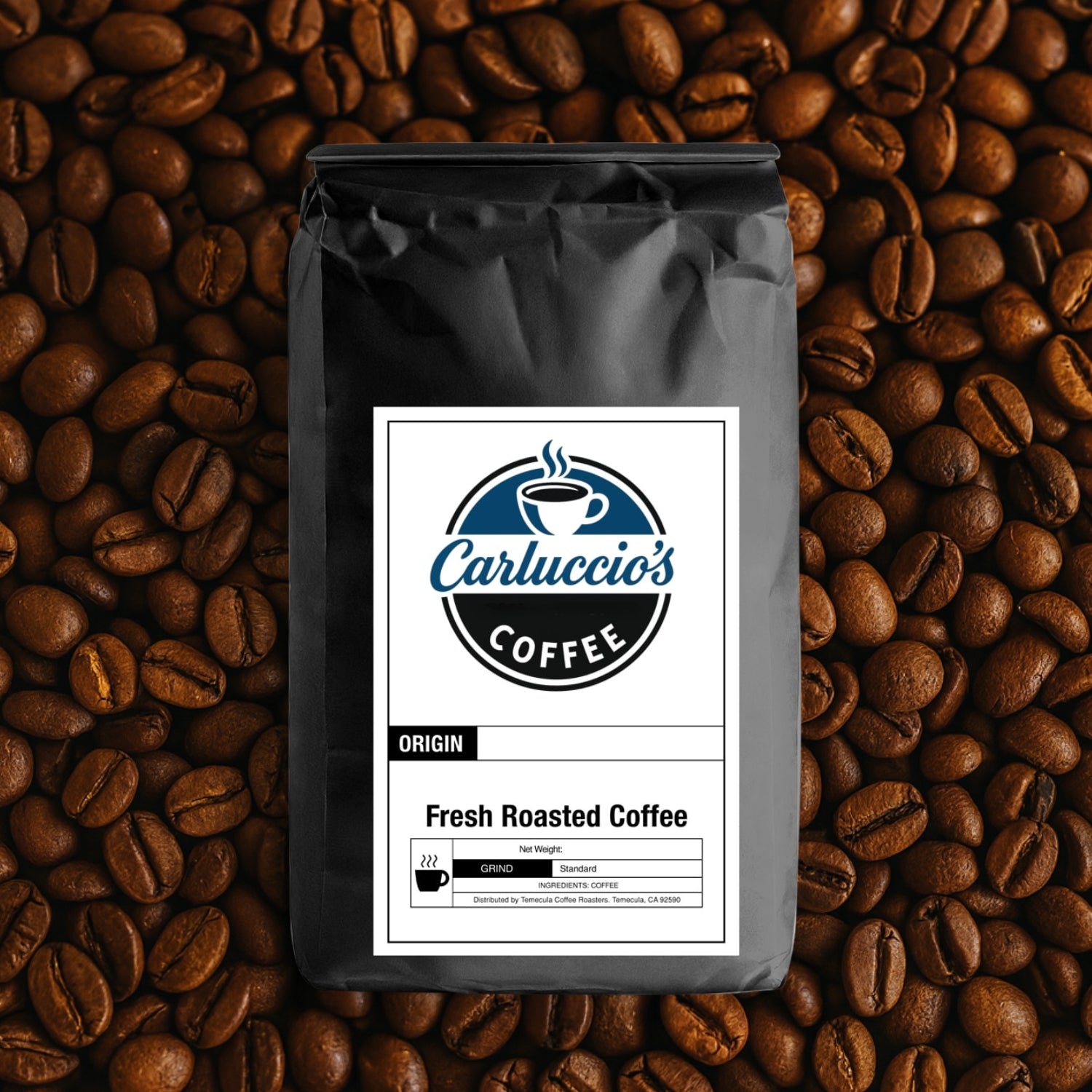About Us

The Story of Carluccios
In Italian, when you add the little suffix -uccio to a name, it’s like saying “little” or “junior.” It’s affectionate — the way families call the younger version of someone by a nickname.
That’s how it all started with me.
My paternal grandparents were born in Bari, Italy in 1899 and arrived at Ellis Island in the early 1900s and became American citizens. Their third child was a boy named Carl. Years later, Carl married my mom, Amelia, who was born in Bellona, Italy and came to the U.S. in 1949.
Now here’s where the pattern repeats itself: just like my grandparents, my parents’ third child was also a boy. That boy was me. And they named me after my dad, Carl. From that day on, everyone called me “Carlucci.” Technically, in proper Italian it should have been Carluccio, but nobody in the family bothered with grammar. To my parents, grandparents, aunts, uncles, cousins, and friends — I was Carlucci.
And of course, the family joke was: “When you get married and have a boy, you’ll have to name him Carl too, so we can keep the Carlucci nickname alive.” That’s Italian tradition for you. Our family alone has half a dozen Franks, Freds, Marys, Annes, Angelos, and Anthonys. Why stop there?
But life wasn’t always lighthearted. My dad, “Big Carl,” passed away when he was just 39. That was a tough time for all of us, especially my mom — a widow at 32, with four kids, little education, and not much English. Somehow, though, we pulled through. Family sticks together.
For a long time, I didn’t think I’d name a son Carl. I wanted something different, a break in the pattern. But then in 1998, when my wife and I found out we were expecting a boy, everything changed in a split second. All that resistance disappeared.
On July 10, 1998, I held Carl the Third in my arms — the new Carlucci. I cried like a baby, wishing the original Carl could’ve been there to hold him too. That was the moment I realized: this isn’t just a name. It’s a legacy.
Will there be more Carluccis after him? That’s not up to me. I want my son to make his own choices. The name, after all, isn’t the whole story. What really matters is the love, the resilience, and the thread that ties our family together across generations. Carluccios Coffee was born as a testament to our family legacy!
The history of Italian Coffee
In the 16th century, as global trade expanded, coffee beans were first introduced to Europe through the busy port of Venice.
Coffeehouses soon appeared across the city, initially serving as meeting places for scholars and intellectuals before evolving into important social spaces for the wider public.
By 1763, Venice alone was home to more than two hundred coffeehouses.
Yet the drink was not without controversy.
However, Pope Clement VIII tasted the drink, declared it delicious, and gave it his papal blessing, therefore clearing the way for its widespread acceptance in Europe.
The beginnings of the espresso coffee
In 1901, Italian engineer Luigi Bezzera invented the espresso. His breakthrough was simple but brilliant: forcing pressurized water through a compact puck of ground coffee to create a concentrated, bold drink in just seconds.
The name espresso itself came from this express, rapid brewing process.
The innovation quickly caught on, giving rise to saloon-style coffee bars where people would stand at the counter, sip their espresso, read the newspaper, or chat about business.
The staff behind the counter were first known as barmen—a title that eventually evolved into the familiar barista we use today.
Mangia bene, ridi spesso, ama molto

